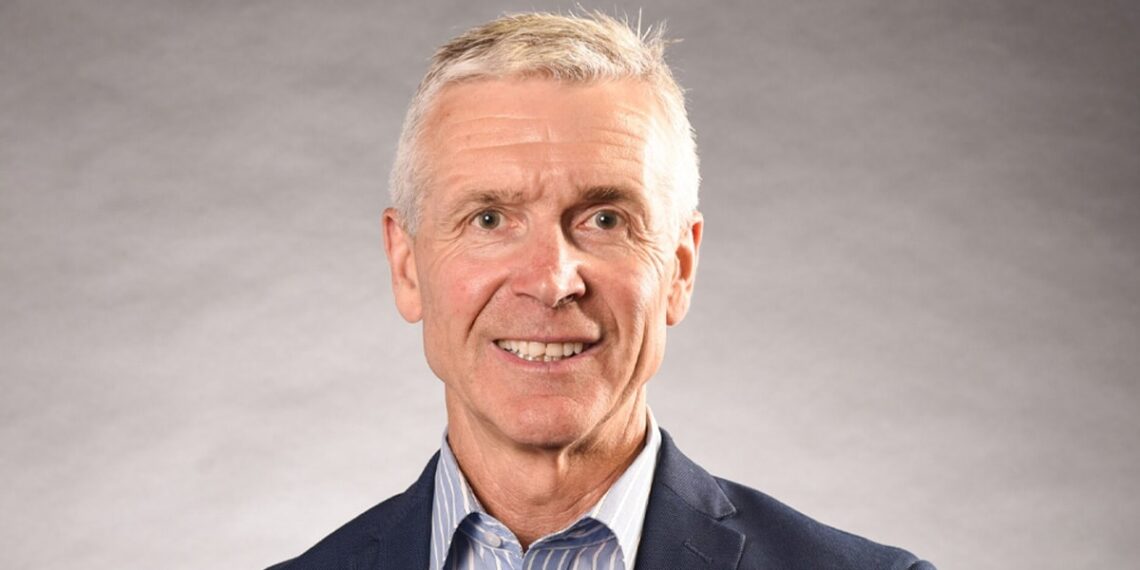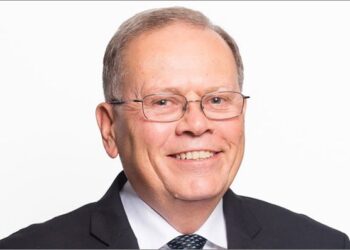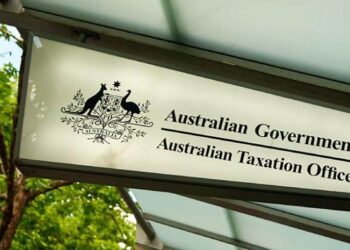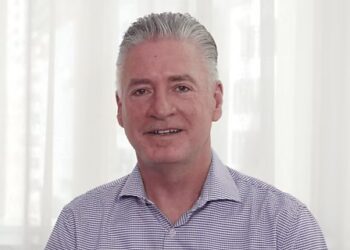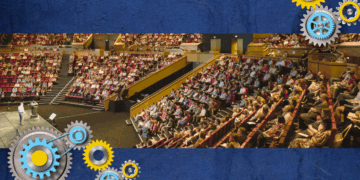Family trust elections— one choice, lasting consequences — Part 1
The ATO is increasing its scrutiny of family discretionary trusts (FTs) to ensure compliance with the family trust election (FTE) and interposed entity election (IEE) provisions in Schedule 2F of the Income Tax Assessment Act 1936 (Cth) (ITAA 1936). Quite a number of these reviews are linked to the ATO’s ‘Next 5,000 private groups’ program involving Australian resident individuals and their associates who control net wealth of more...
Read moreDetails